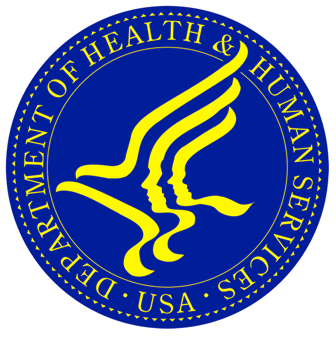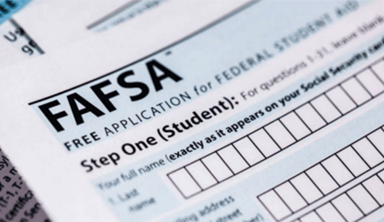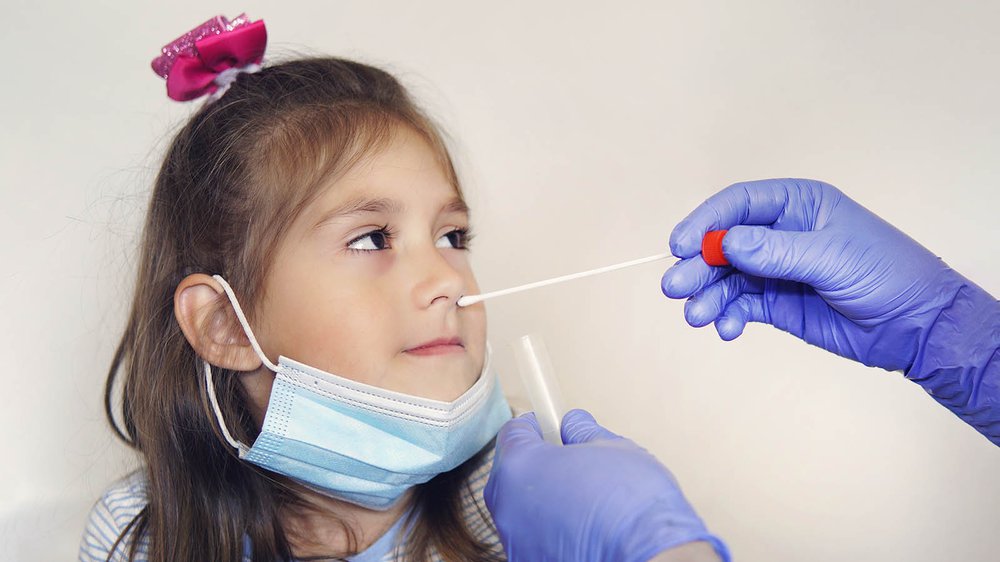$10 billion coming to states for COVID testing in schools, as feds push for reopening – By Kalyn Belsha, Chalkbeat
School districts that were planning to spend some of their pandemic relief money on COVID testing got another financial boost Wednesday, as federal health officials announced they would provide $10 billion to states and some cities specifically for COVID testing in schools.
The money, which will come from the U.S. Department of Health and Human Services, can be used to help schools put new testing programs into place or to pay for existing ones. It will help cover the costs of diagnosing students or staff who come to school with symptoms, as well as the routine screening of asymptomatic students and teachers that has allowed some schools to keep their buildings open during the pandemic.
The Biden administration said the money, included in the $1.9 trillion stimulus package that the president signed into law last week, is part of its bigger effort to reopen more schools for in-person learning this spring. By one estimate, around one in five students attend school districts that are still fully virtual.
“Our main message here is that we want schools to have the resources so that they can add this layer of mitigation,” said Carole Johnson, who coordinates testing for the White House’s COVID response team. “We know there are many schools that want that. We know there are schools that have tried to do it and have struggled to have the resources to do it.”

Families Face Steep Truancy Fines, Contentious Court Battles As Pandemic Creates School Attendance Barriers – By Mark Keierleber, The 74
It was the Monday morning before Thanksgiving when a police officer showed up on Tracie Higgins’s doorstep and handed a $439 fine to her teenage son for missing too many days of remote school during the pandemic.
But the bulk of her son Mark’s repeated absences, the Wisconsin mother protested, were the result of faulty school technology, including a Chromebook that wouldn’t charge. Debra Pratt, also of Manitowoc, Wisconsin, faced a similar situation this school year with her son Jason, who was fined for racking up 28 absences that the school district marked as unexcused – including the same day in late September that he tested positive for Covid-19.
“I think it’s ridiculous, absolutely ridiculous, especially during a pandemic when there’s just too many other factors that are playing into this,” said Pratt. Like many children nationwide, she said that Jason struggled to learn remotely. He recovered from the virus after experiencing mild symptoms, but the school disruptions have taken a toll on him both emotionally and academically. “Placing a truancy fine on them is certainly not going to help the situation or make it any better.”
Similar feuds between frustrated parents and overwhelmed school administrators are playing out across the country as the pandemic’s academic upheaval reaches the one-year mark. States continue to enforce laws that require families to send their children to school or face steep punishments for unexcused absences, including fines, community service and, in some states, arrests. These “truancy” rules have exacerbated the pandemic-induced challenges confronting many households, from economic instability and mental health crises to a lack of adequate internet access. It’s often these very hardships, school attendance experts say, that force students to miss school in the first place.

Why you should consider de-escalation training as schools reopen – By Matt Zalaznick, District Administration
Stress, mental health issues and anxiety—among students and teachers—will intensify the challenges of returning to in-person learning this school year and next, a survey has found.
Perhaps accordingly, nearly 90% of educators said student health and well-being will be top priorities in their classrooms over the next 12 months, a survey by the Crisis Prevention Institute found.
Administrators focused on maintaining that well-being amidst the trauma of COVID and the stress of returning to school should consider helping teachers develop new de-escalation techniques to support students, says Susan Driscoll, president of institute, which provides conflict prevention training.
“You can’t control what a child or student is doing,” Driscoll says. “But you can control your behavior and that’s how you can have a positive outcome.”
Administrators can use federal COVID stimulus funding to provide de-escalation training. The Crisis Prevention Institute, for instance, uses a train-the-trainer model for blended online and in-person sessions led by experts in childhood trauma. “In order for children to function, they have to feel safe, you have to address their physical and emotional safety needs first,” she says. “They are behind, they’re worried, they’re re-establishing social connections.”

Bill requires FAFSA completion before high school graduation – By Katie Lannan, WWLP.com
A Haverhill lawmaker’s bill would require that Massachusetts students complete a federal application for financial aid before graduating from high school, taking aim at a situation that has vexed education officials during the pandemic.
Rep. Andy Vargas, who modeled his legislation after a similar policy in Louisiana, said COVID-19 has exacerbated the gap between low-income and high-income school districts in completion rates for the Free Application for Federal Student Aid.
Vargas filed the bill (HD 2616) with Massachusetts Black and Latino Legislative Caucus Chair Rep. Chynah Tyler. Nine other Democrats have signed on as cosponsors.
“FAFSA played a critical role for me in going to college. We need to make sure our students aren’t leaving higher ed funding on the table and deferring their college dreams,” Vargas said. “Within one year, the state of Louisiana was able to close the FAFSA completion gap between high-and-low-income school districts by 87 percent. Within two years, the gap was completely closed. This bill accomplishes the same, while providing waivers to students in difficult circumstances.”












